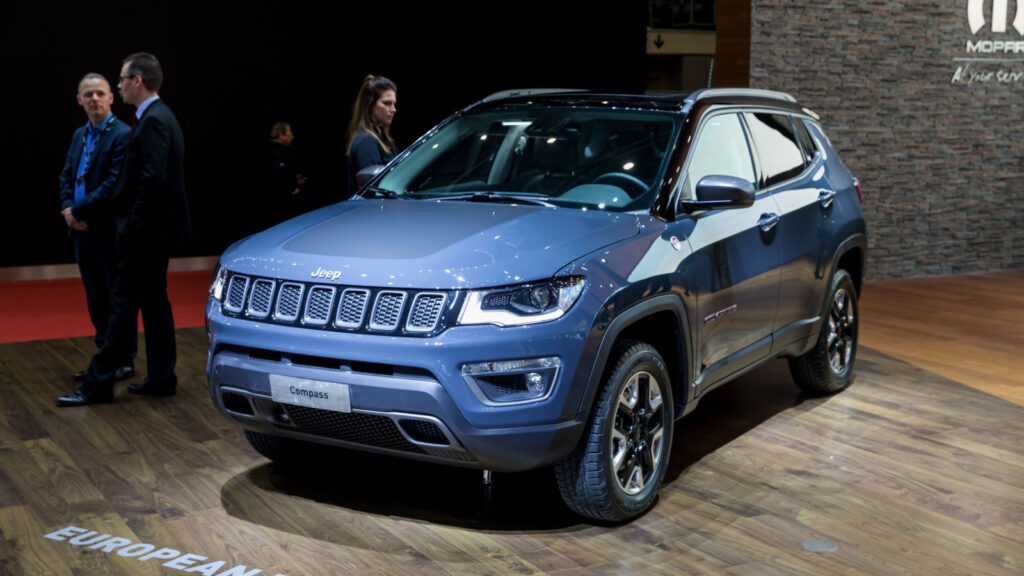Buying a car is supposed to bring excitement and freedom, but sometimes reality hits hard after only a year of ownership. Canadians have found that certain models just don’t live up to expectations, whether because of poor fuel efficiency, sluggish performance, reliability concerns, or high upkeep costs. While these cars may look appealing in the showroom, they often leave drivers frustrated once the honeymoon phase wears off. Here are 22 cars Canadians regret buying after just one year:
Nissan Kicks
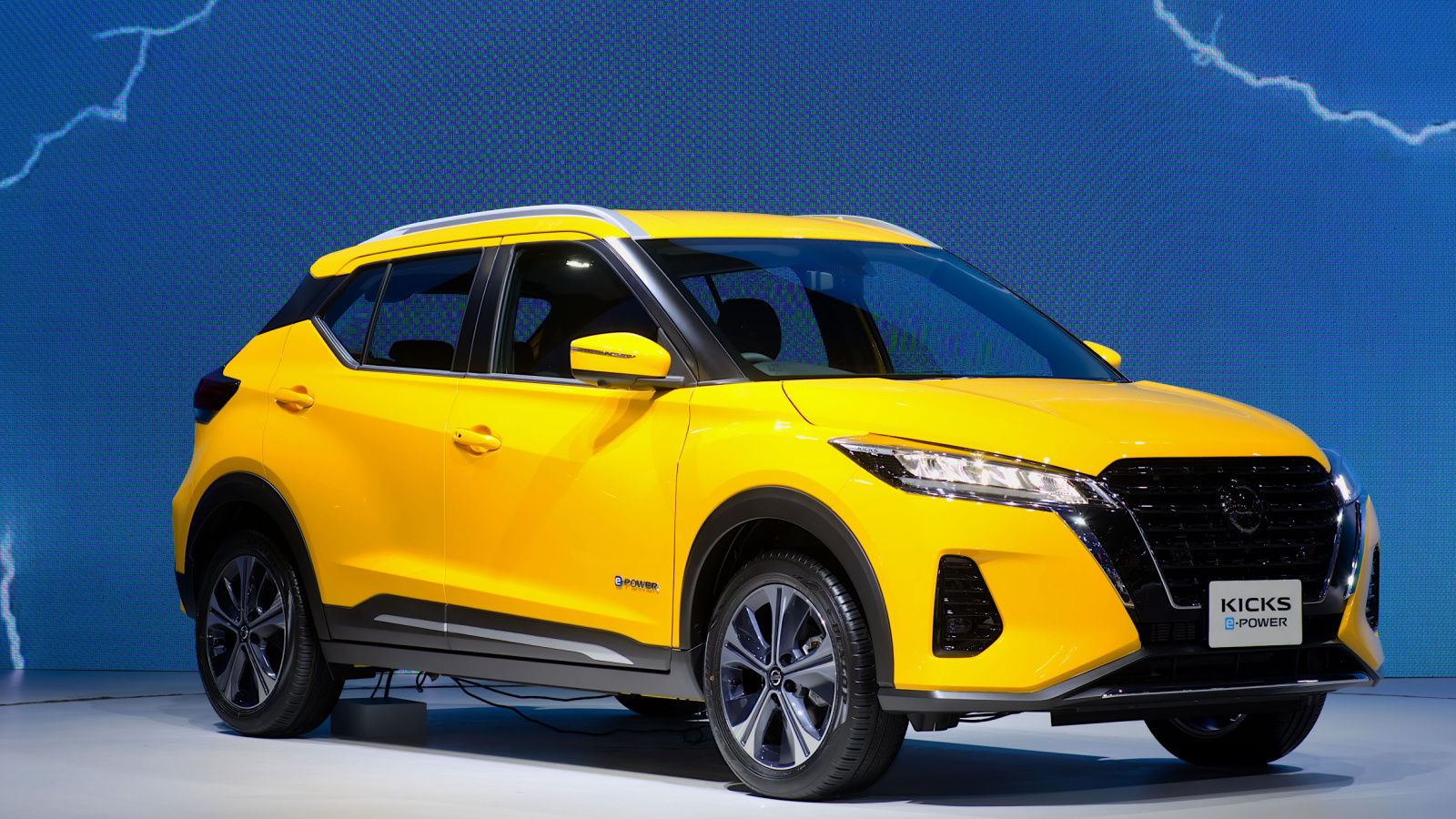
The Nissan Kicks looks stylish and affordable, but the 122-horsepower four-cylinder feels painfully weak, especially on the highway. The CVT transmission only makes the lack of power more obvious, leaving drivers frustrated with slow acceleration. Fuel economy is respectable at 7.7 L/100 km combined, but noise and vibration quickly get tiring. The cabin feels spartan, with hard plastics and no all-wheel-drive option, which is something Canadians find hard to live without in winter. After a year, many owners regret choosing the Kicks, realizing that the initial savings don’t outweigh its lack of comfort and performance.
Jeep Compass
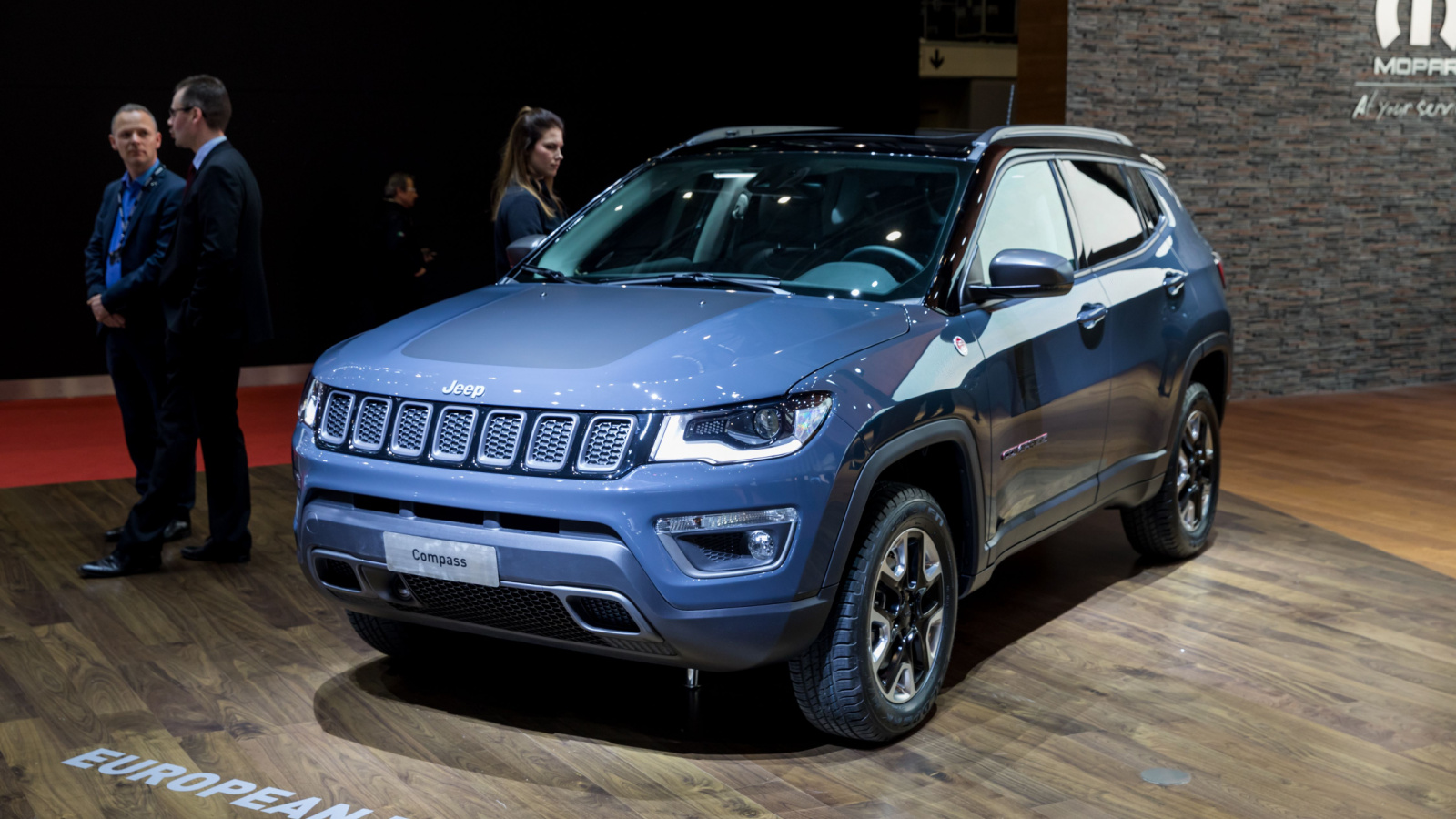
The Jeep Compass sells the dream of rugged adventure, but its reality disappoints. The 2.4-liter four-cylinder engine produces 177 horsepower but struggles with acceleration, paired with an unresponsive nine-speed automatic, and fuel economy averages 9.9 L/100 km, which is unimpressive for its size. Owners also complain about cramped rear seating, small cargo space, and glitchy infotainment. For a vehicle marketed as capable, its off-road ability is minimal compared to larger Jeeps, and after a year, Canadians often feel the Compass delivers more frustration than freedom, making it one of Jeep’s least satisfying options.
Chevrolet Trax
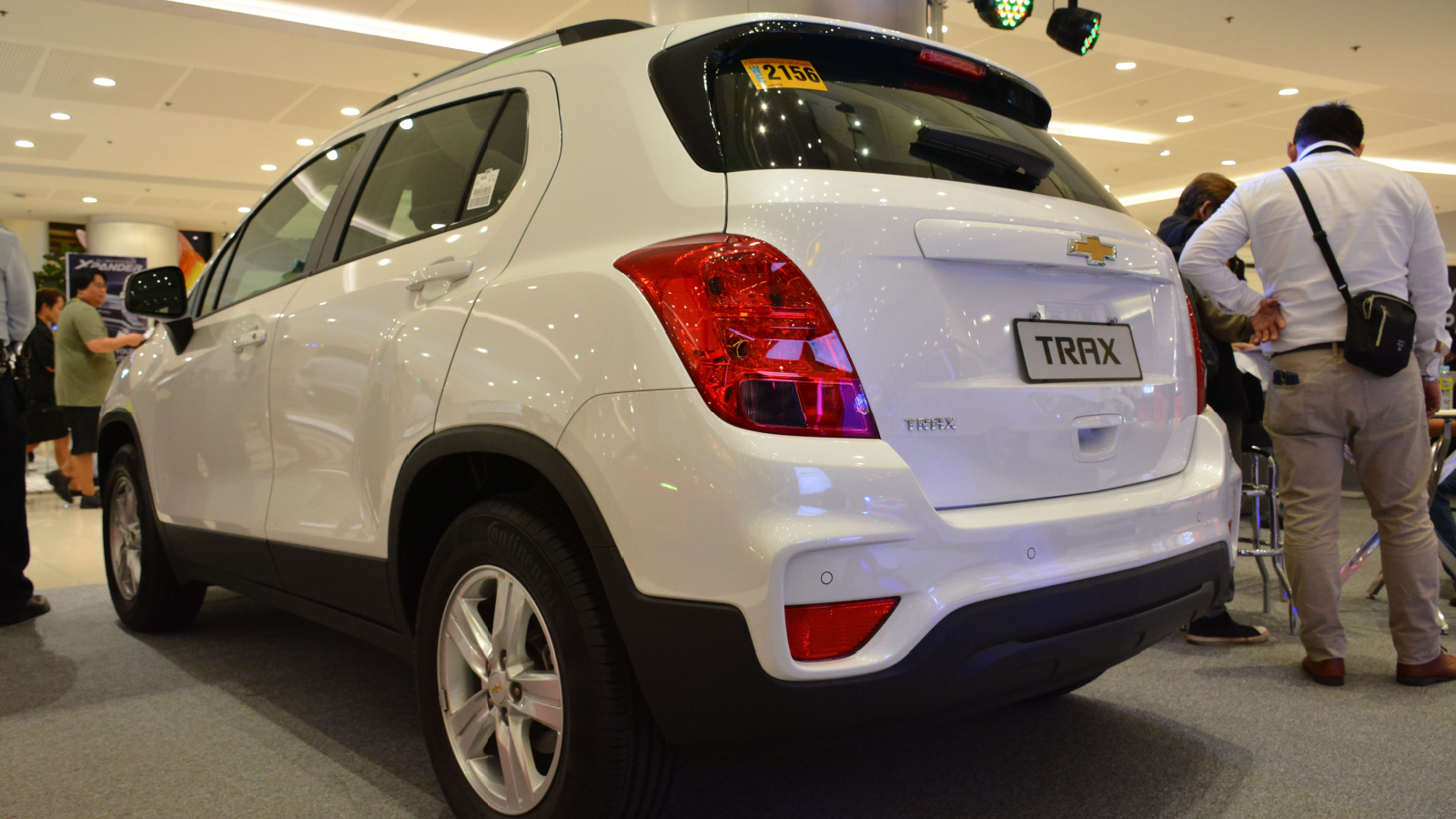
The Chevrolet Trax tempts buyers with a low sticker price, but regret sets in quickly. Its 1.4-liter turbocharged four-cylinder puts out 155 horsepower, which feels weak under load, and handling is uninspiring. Combined fuel economy is 8.6 L/100 km, which is not bad, but not great either. The ride quality is bumpy on rough Canadian roads, and the interior space feels cramped compared to rivals, while the cabin materials look dated, and technology lags behind newer small SUVs. For drivers expecting versatility, the Trax often feels like a compromise too far after just one year of ownership.
Mitsubishi Mirage
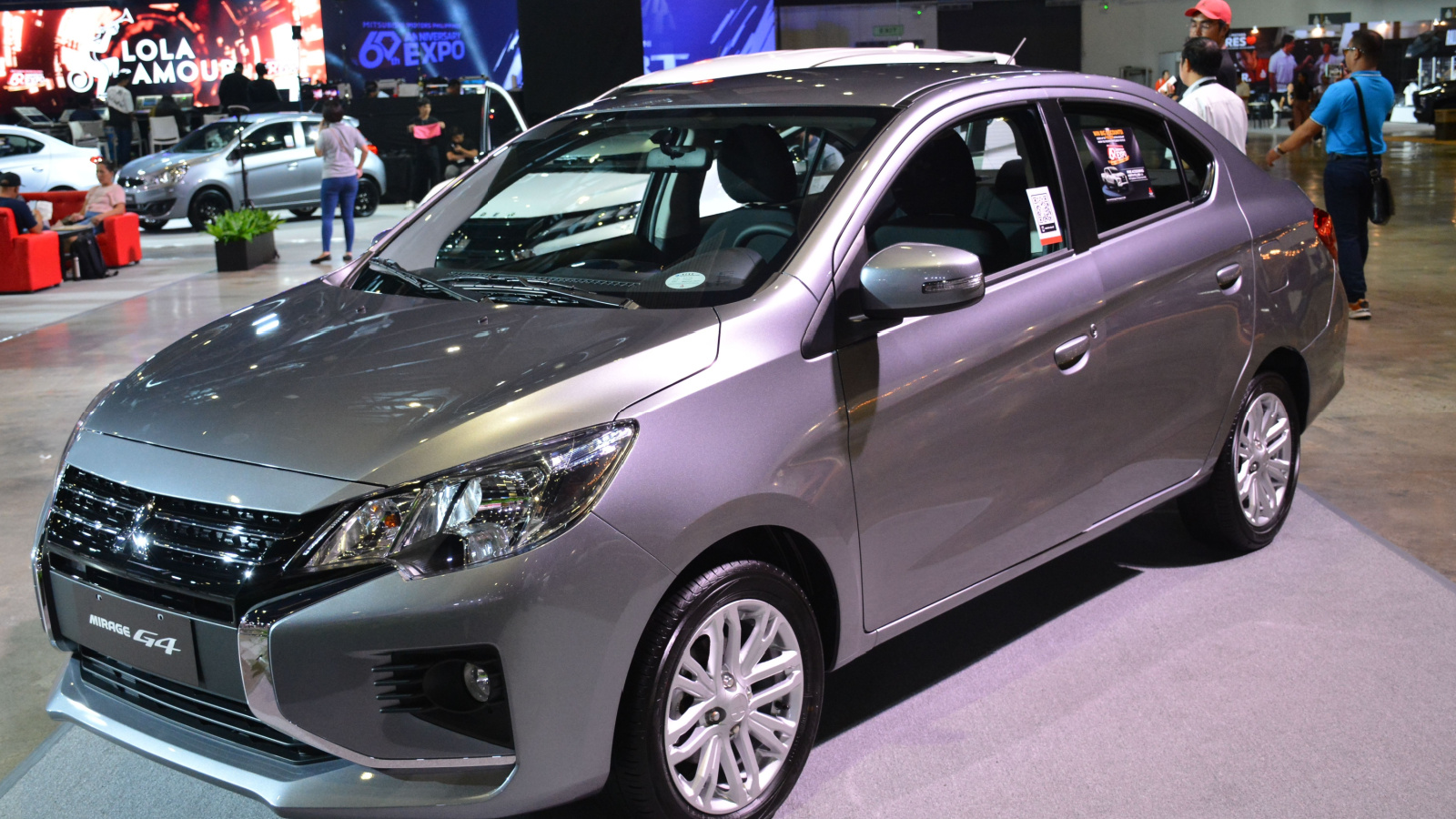
The Mitsubishi Mirage stands out for its low purchase price, but it quickly reveals why it’s so cheap. Its tiny three-cylinder engine produces only 78 horsepower, making merging and highway driving nerve-wracking. While fuel economy is excellent at 6.5 L/100 km, that’s its only real win. The interior is bare-bones, with uncomfortable seats, limited technology, and poor insulation from road noise, while safety ratings also lag behind competitors. After a year, most Mirage owners feel they sacrificed too much in terms of comfort, drivability, and confidence, wishing they had invested a bit more upfront.
Chrysler 300
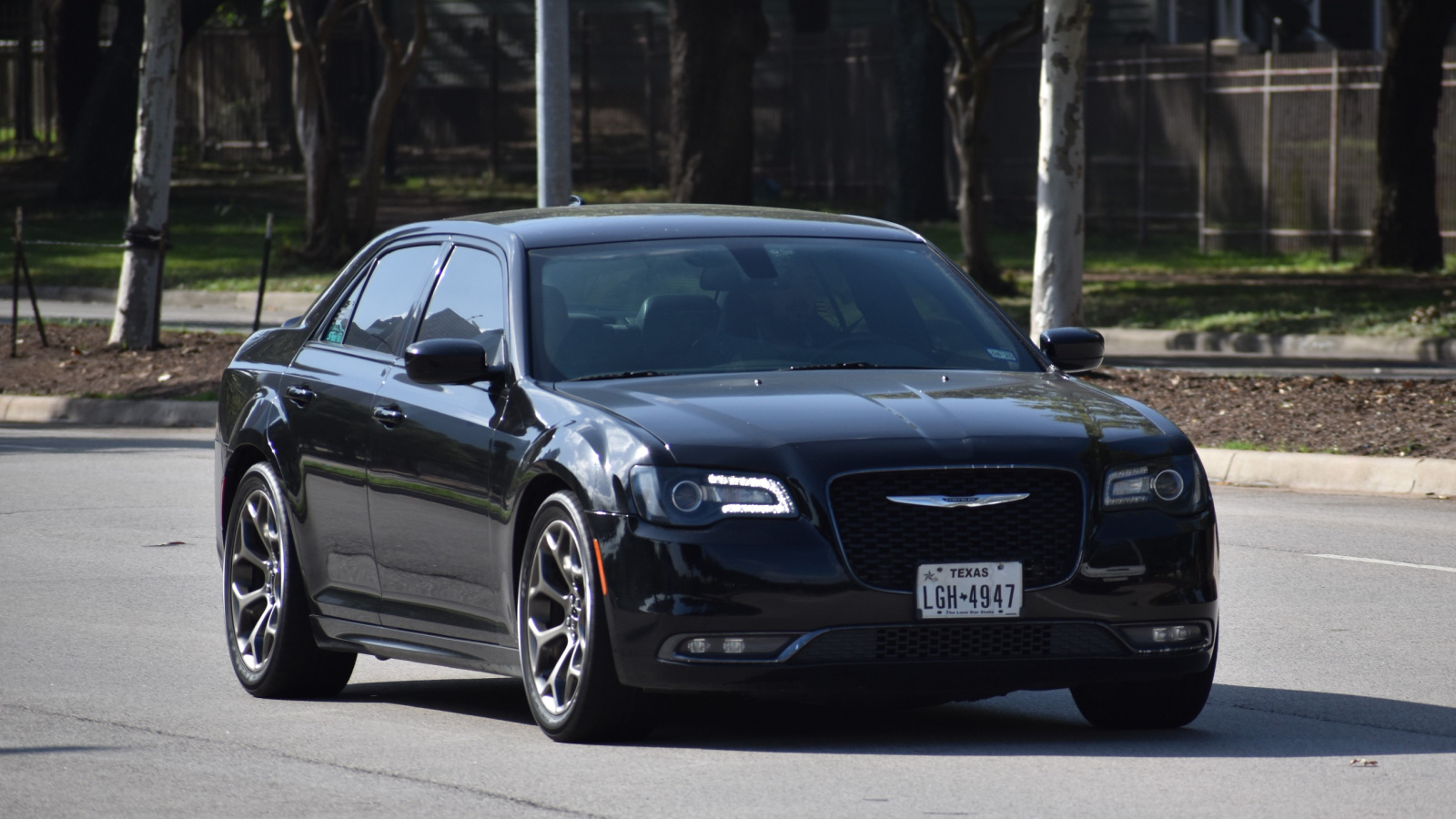
The Chrysler 300 makes a bold first impression with its size and styling, but Canadian owners often sour on it within a year. The base 3.6-liter V6 engine produces a strong 292 horsepower, while the V8 delivers more muscle, but at a heavy cost to fuel efficiency, averaging 11.2 L/100 km. Its size makes it cumbersome in city driving and parking, and reliability issues and costly repairs are common complaints. While it feels luxurious at first, the outdated platform and high upkeep quickly outweigh its appeal, leaving many buyers regretting the choice for practicality.
Dodge Journey
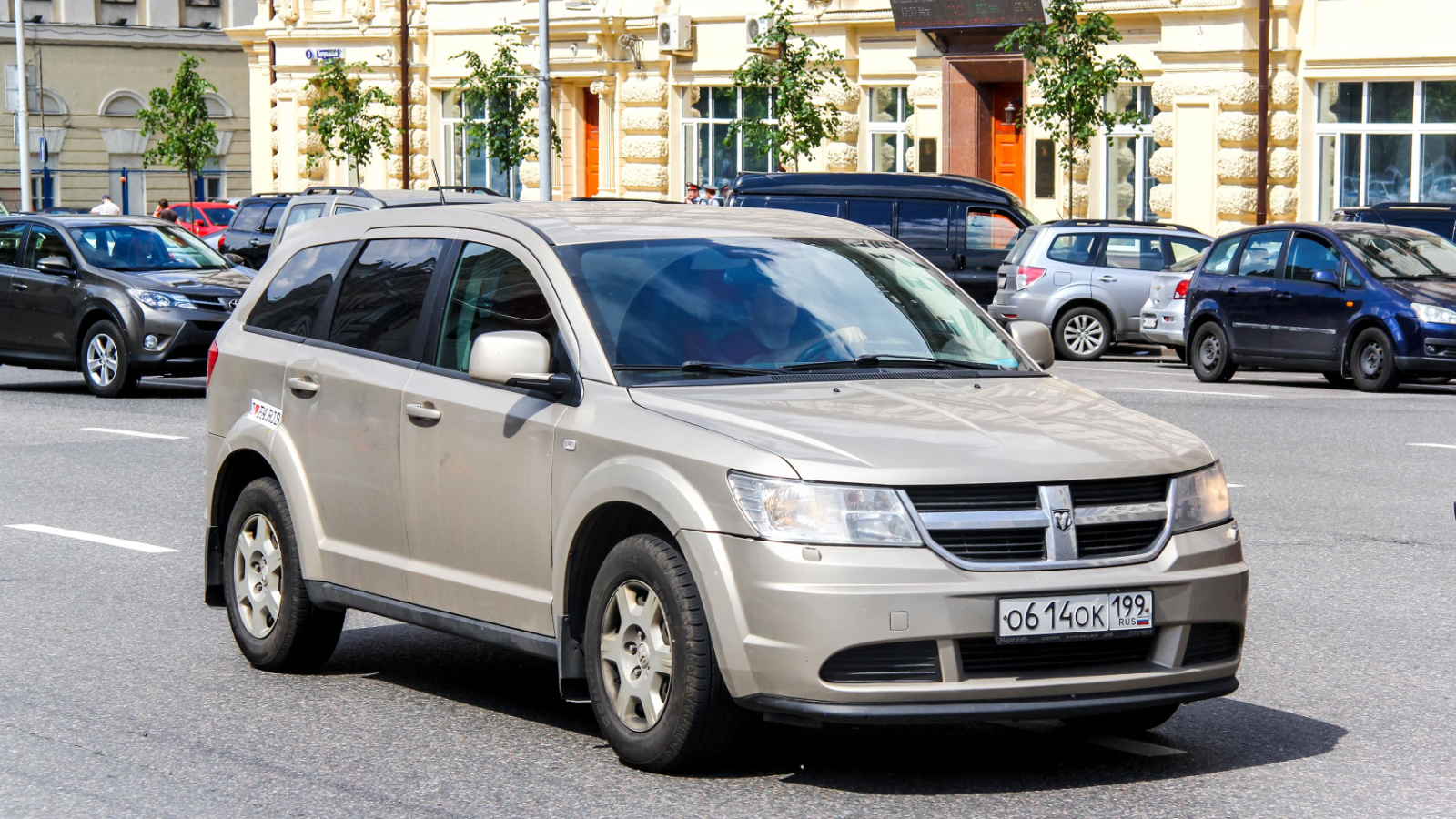
The Dodge Journey once offered value as a budget-friendly SUV, but it feels outdated after only a year. Its 173-horsepower four-cylinder engine is underpowered for its size, with sluggish acceleration and unimpressive towing ability. At the same time, the combined fuel economy of 11.0 L/100 km makes it thirsty compared to more modern crossovers. The interior design feels stuck in the past, with dated infotainment and cheap plastics. Although it is spacious, the ride quality is harsh, and the safety scores aren’t competitive. For Canadians, the Journey feels less like a smart family SUV and more like a regretful compromise.
Ford EcoSport
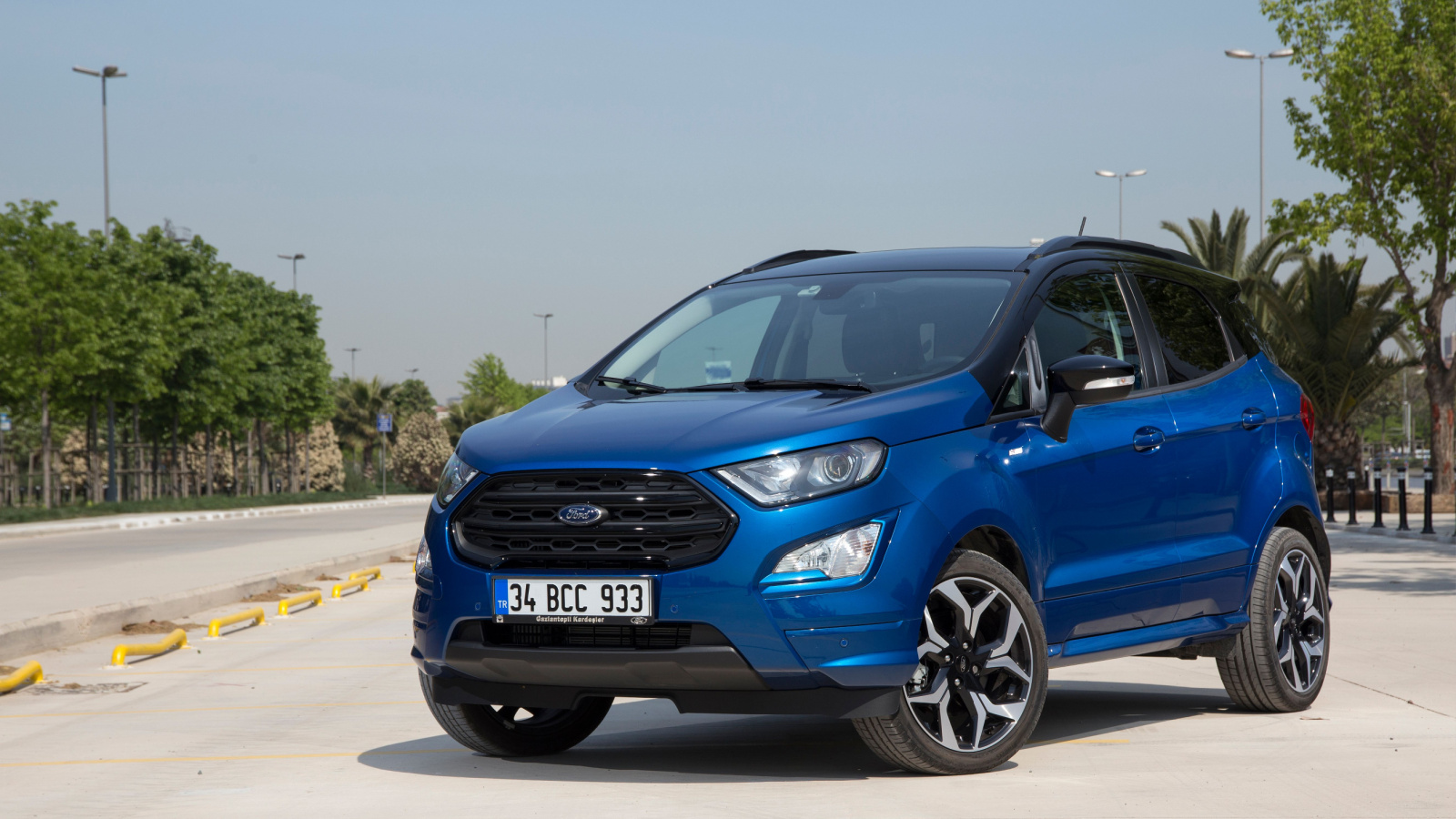
The Ford EcoSport is marketed as a city-friendly crossover, but it falls short. The base 1.0-liter three-cylinder turbo makes just 123 horsepower, leaving it sluggish in traffic, while the optional 2.0-liter four-cylinder offers only modest improvement. Fuel economy averages 9.1 L/100 km, underwhelming for such a small vehicle, its swing-out rear door feels awkward in tight parking spots, and cargo space is limited. The interior is cramped and cheaply finished, making long drives uncomfortable, and after a year, many Canadians regret buying the EcoSport, realizing it lacks both efficiency and refinement.
Chevrolet Malibu
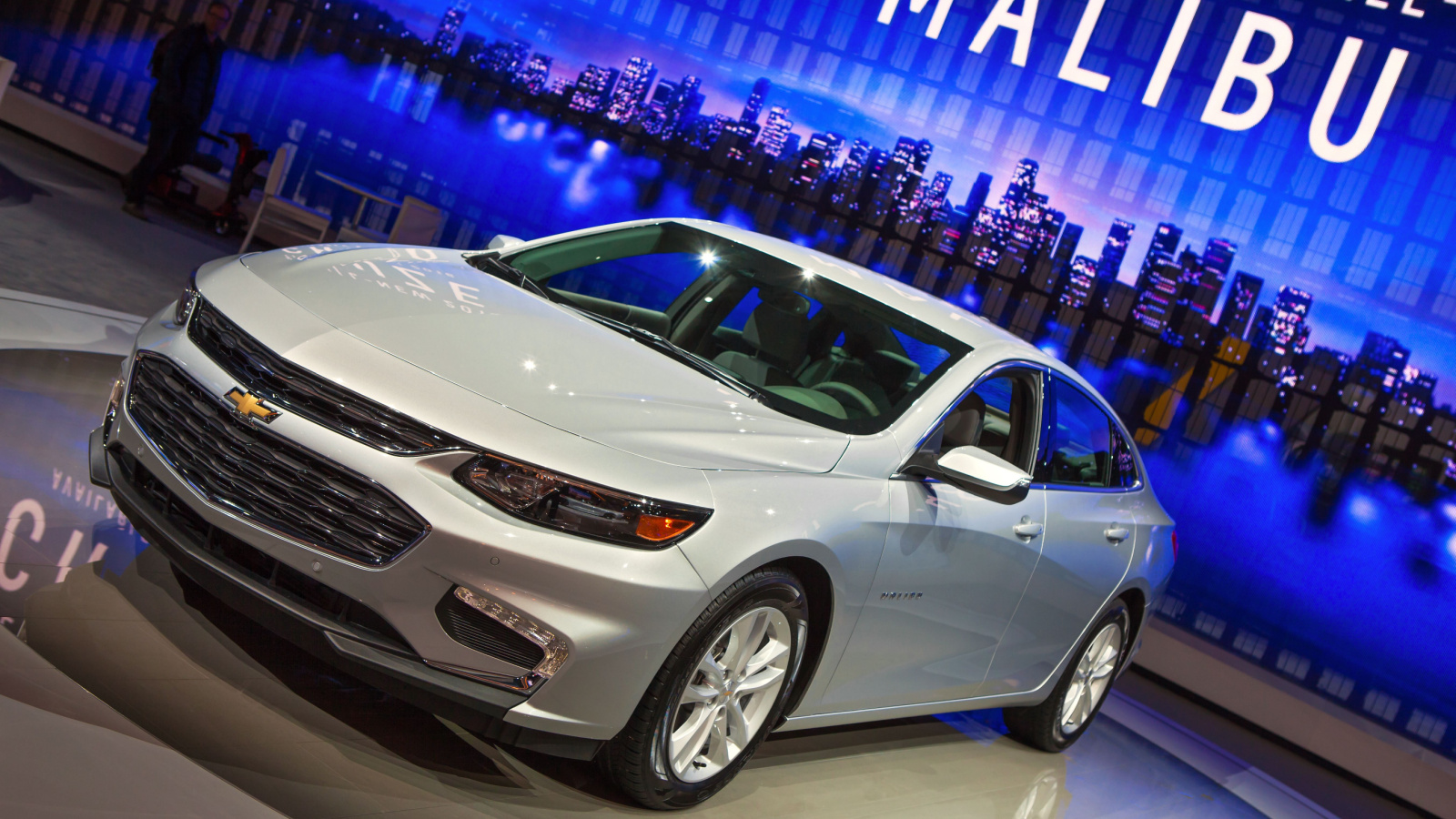
The Chevrolet Malibu once dominated midsize sedans, but it’s now losing ground to better competitors. Its base 1.5-liter turbocharged engine produces 163 horsepower, which feels underwhelming on highways. Combined fuel economy of 8.1 L/100 km is decent, but reliability issues and declining resale value cause frustration. The interior, while roomy, feels plain and uninspired compared to rivals, and many Canadians find the ride quality lackluster and technology features dated. After a year, buyers often regret choosing the Malibu over stronger midsize options like the Toyota Camry or Honda Accord, both known for longevity.
Nissan Sentra
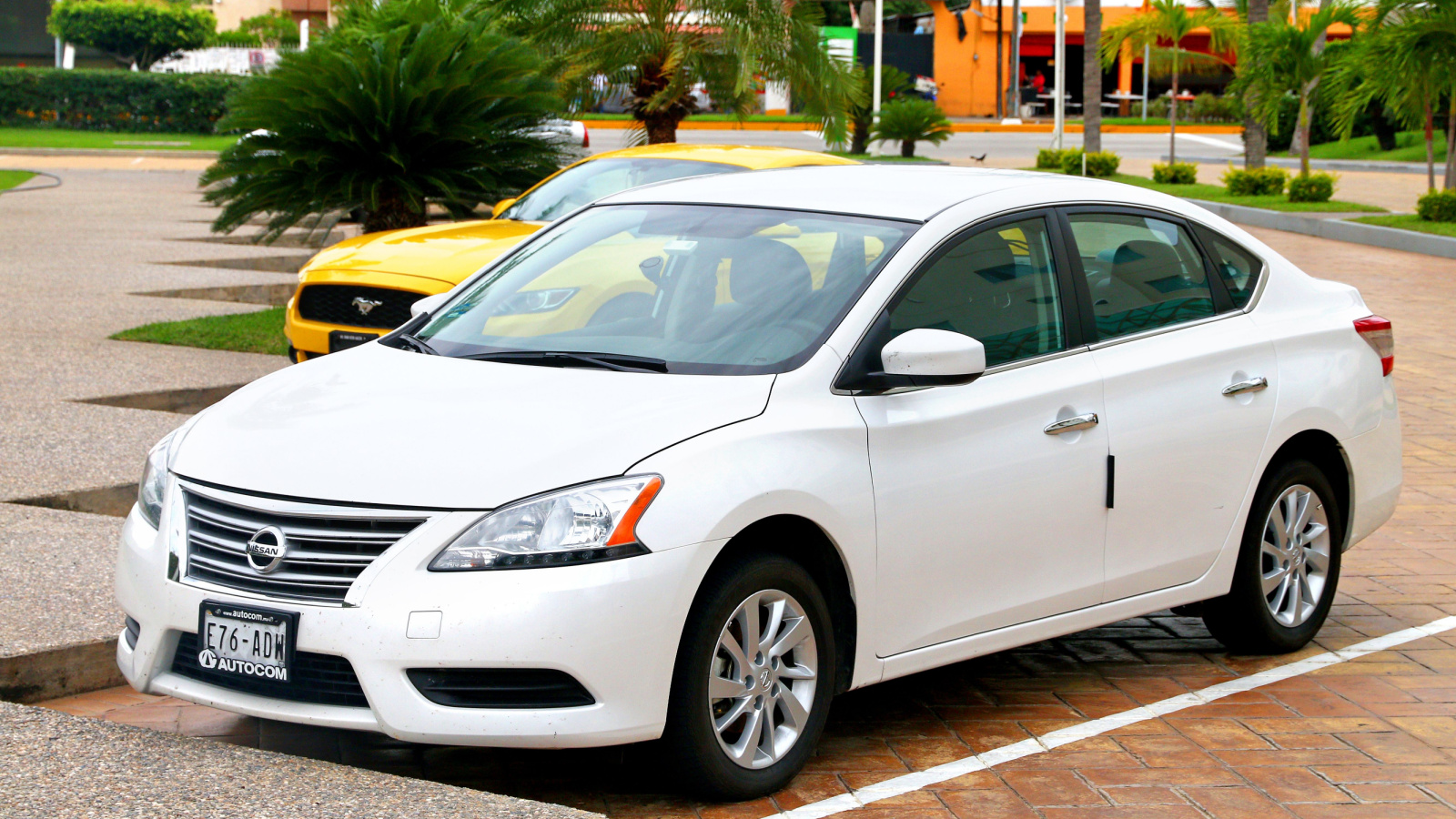
The Nissan Sentra attracts buyers with sleek looks and a low price, but disappointment follows. The 2.0-liter engine produces 149 horsepower, which is barely adequate for highway passing. Fuel economy sits around 7.1 L/100 km, but owners report sluggish acceleration and an uninspiring driving experience. The CVT transmission feels droning, resale values are lower than key rivals, and while the interior comfort is passable, road noise and limited tech features drag down satisfaction. For Canadians looking for a reliable compact, the Sentra often feels like a poor choice after a year compared to stronger Japanese competitors.
Hyundai Kona Electric
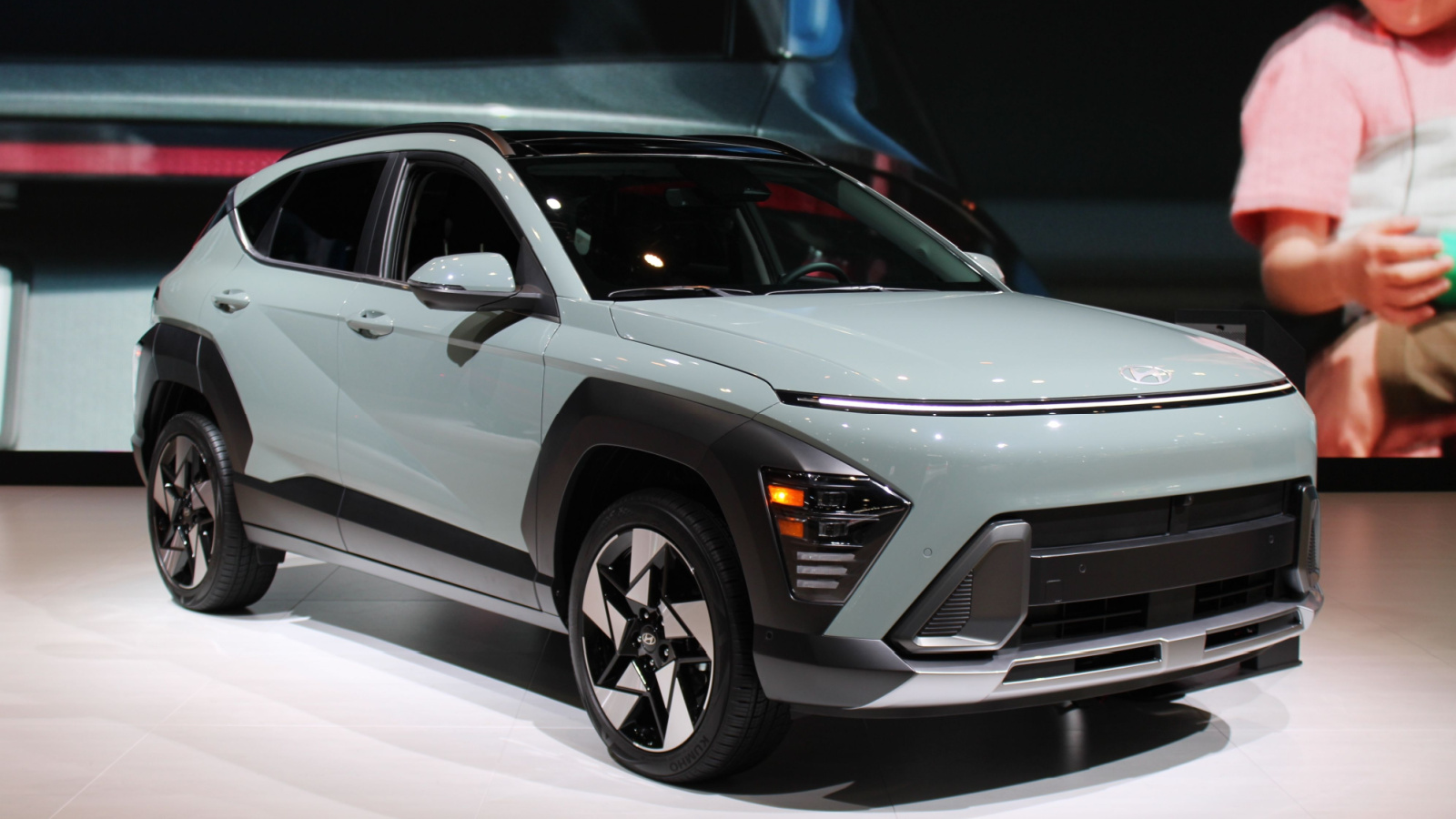
At first, the Hyundai Kona Electric appears to be a winner with its impressive range of 415 km and zippy electric torque. But after a year, many owners struggle with real-world charging limitations, especially in colder Canadian climates where range drops significantly. The starting price is steep, and while it saves on fuel, the cost of installation for home charging and limited infrastructure makes ownership stressful. Repairs and replacement parts for EVs can also be costly and slow, and what looked like a futuristic upgrade can quickly turn into frustration in daily Canadian use.
Mazda CX-3
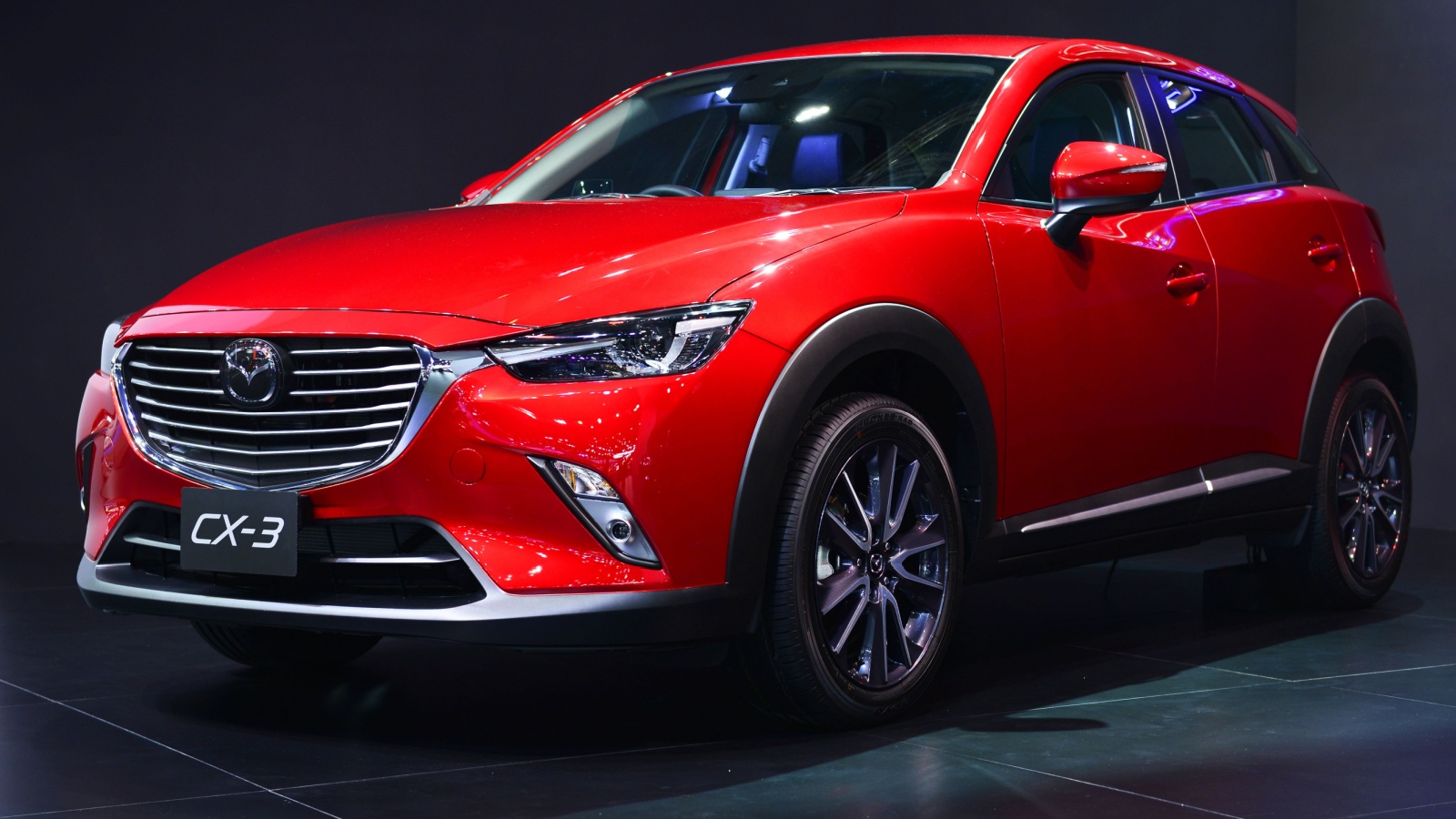
The Mazda CX-3 earns points for style and sporty handling, but regret often comes after a year. The 2.0-liter four-cylinder engine makes 148 horsepower, which is fine for city driving but underpowered on highways. Fuel efficiency is decent at 8.1 L/100 km combined, but the real issue is practicality, as the back seat is cramped, and cargo space is minimal, making it impractical for families. Interior noise at higher speeds also frustrates long-distance drivers. While it feels fun at first, Canadians often find it too small and limited, wishing they’d chosen a more versatile crossover.
Volkswagen Jetta
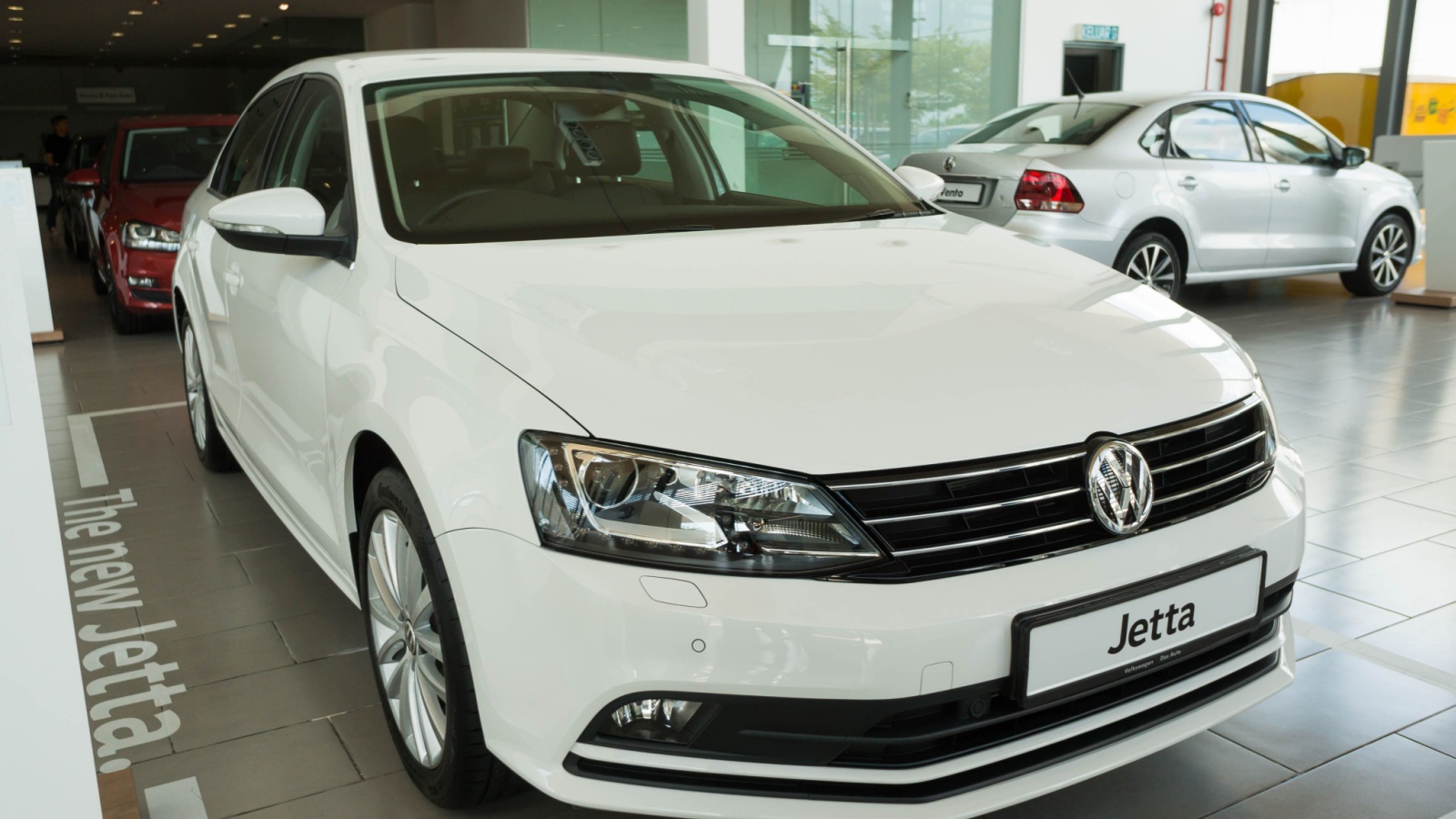
The Volkswagen Jetta has European charm, but ownership headaches pile up fast. The base 1.5-liter turbo engine delivers 158 horsepower and decent fuel economy at 7.0 L/100 km combined. However, reliability issues and expensive maintenance sour the experience. The interior feels solid but uninspired compared to rivals, and infotainment glitches are frequent complaints. Resale values aren’t as strong as Japanese competitors, leaving owners feeling stuck. After a year, Canadians often regret buying the Jetta, realizing that its premium image doesn’t match its long-term costs or durability compared to rivals like the Civic.
GMC Terrain
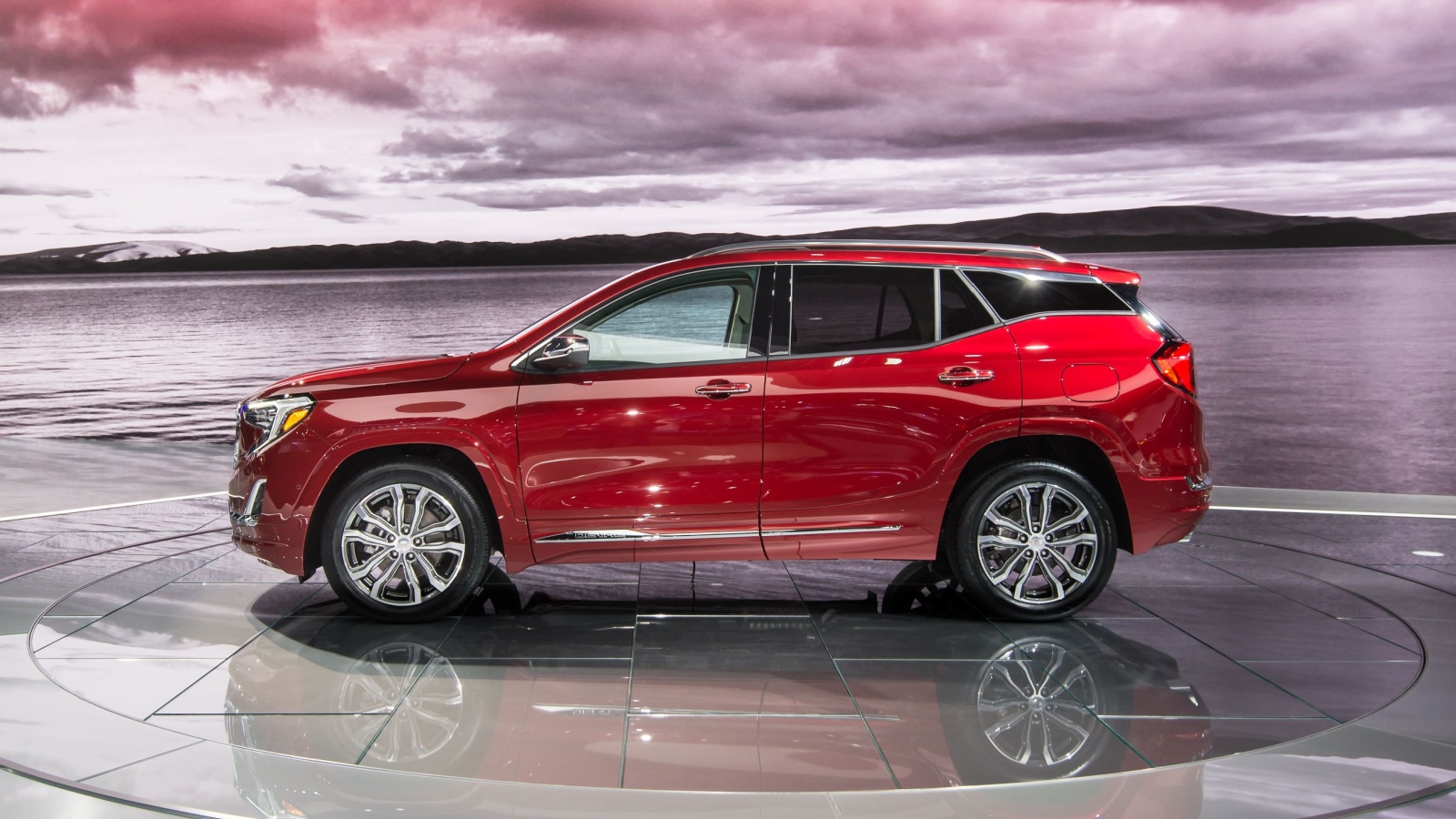
The GMC Terrain offers flashy looks but fails to impress long-term. The base 1.5-liter turbo engine makes 175 horsepower, but acceleration feels sluggish. Fuel efficiency averages 9.4 L/100 km, which isn’t competitive in the compact SUV class. The interior quality is hit-and-miss, with plenty of hard plastics, and cargo space is tighter than expected. Reliability ratings lag behind segment leaders, and maintenance costs can climb easily. For Canadians hoping for a practical family SUV, the Terrain often feels overpriced and underdelivering, leading to regret after only a year of ownership.
Toyota C-HR
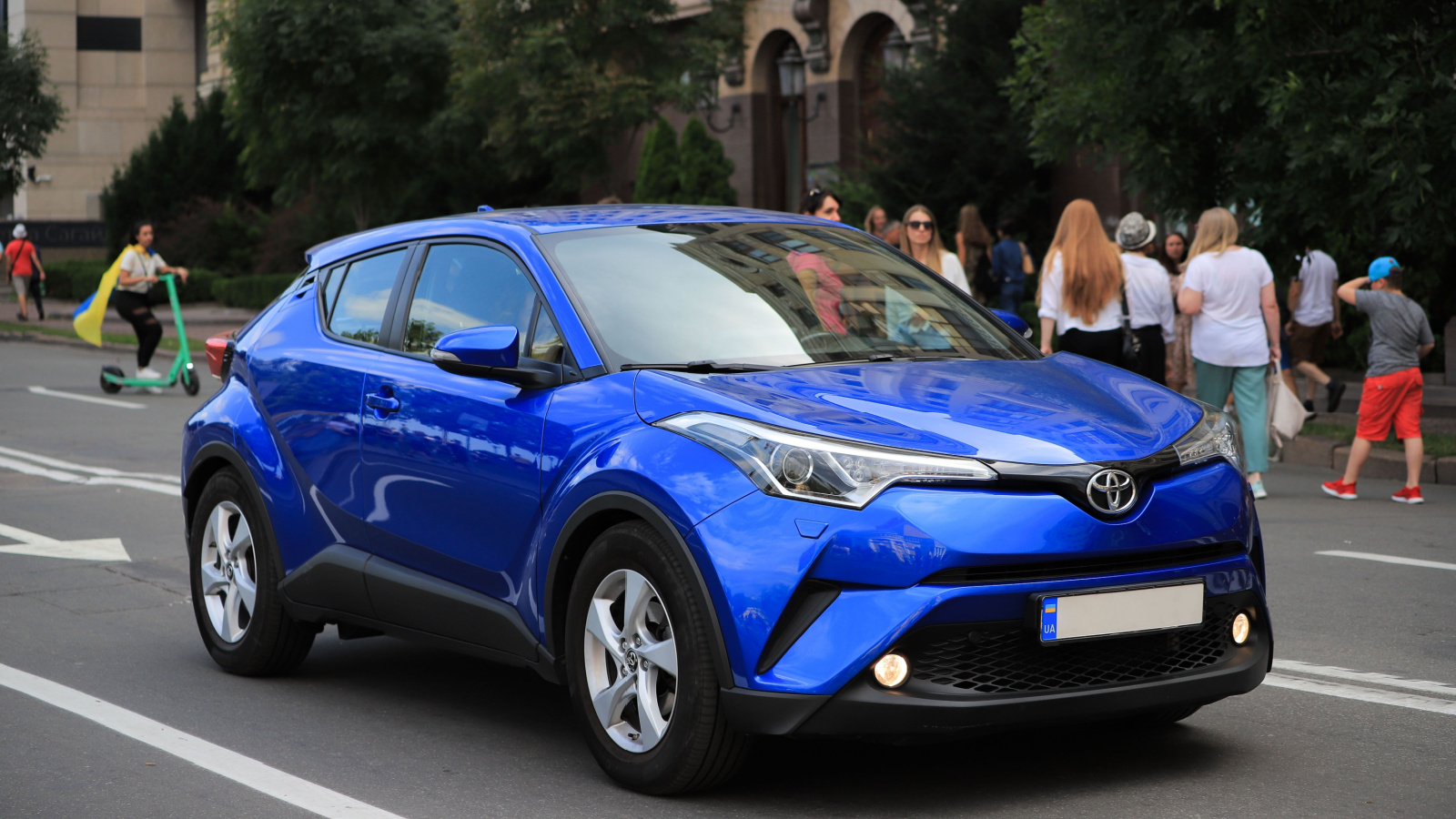
The Toyota C-HR attracts attention with bold styling, but driving it is less exciting. Its 2.0-liter four-cylinder engine delivers 144 horsepower, leaving it underpowered compared to rivals. Fuel economy sits at 8.0 L/100 km combined, but performance feels sluggish. The rear seats and cargo hold are cramped, limiting its family use, and despite Toyota’s reputation for reliability, the C-HR hasn’t matched the brand’s usual high marks in owner satisfaction. After a year, many Canadians feel the C-HR sacrifices too much practicality for looks, making it one of Toyota’s more regrettable choices.
Nissan Altima
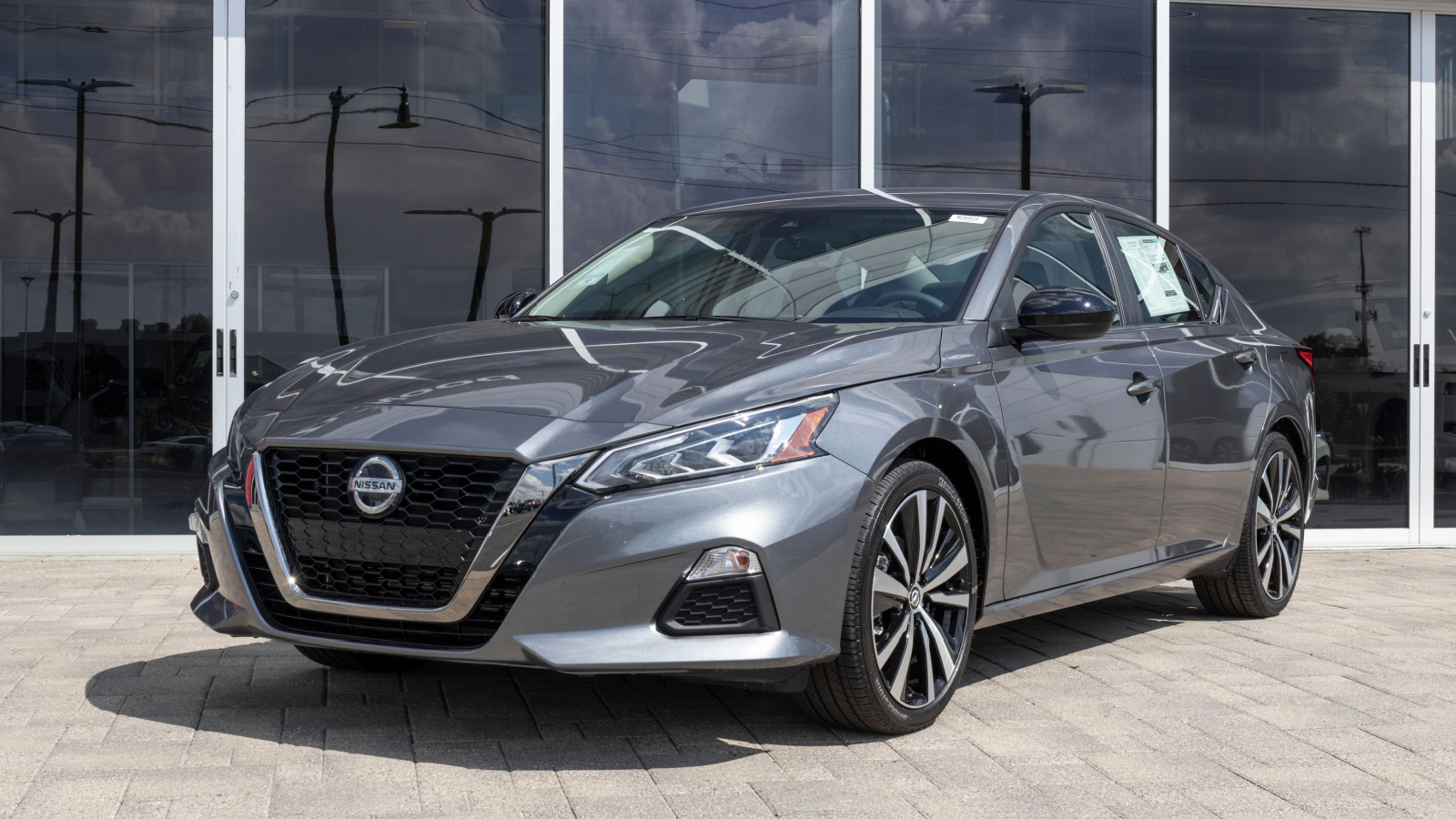
The Nissan Altima tries to compete with midsize sedans like the Accord, but it falls short. Its 2.5-liter engine produces 182 horsepower, adequate but uninspiring. Fuel economy is fair at 7.9 L/100 km combined, but the CVT transmission makes the ride feel droning. All-wheel drive availability appeals to Canadians, but interior materials and infotainment feel a step behind competitors, while reliability concerns further frustrate owners. After a year, buyers often regret choosing the Altima, realizing that alternatives like the Camry or Accord deliver more value, better performance, and stronger resale.
Kia Soul
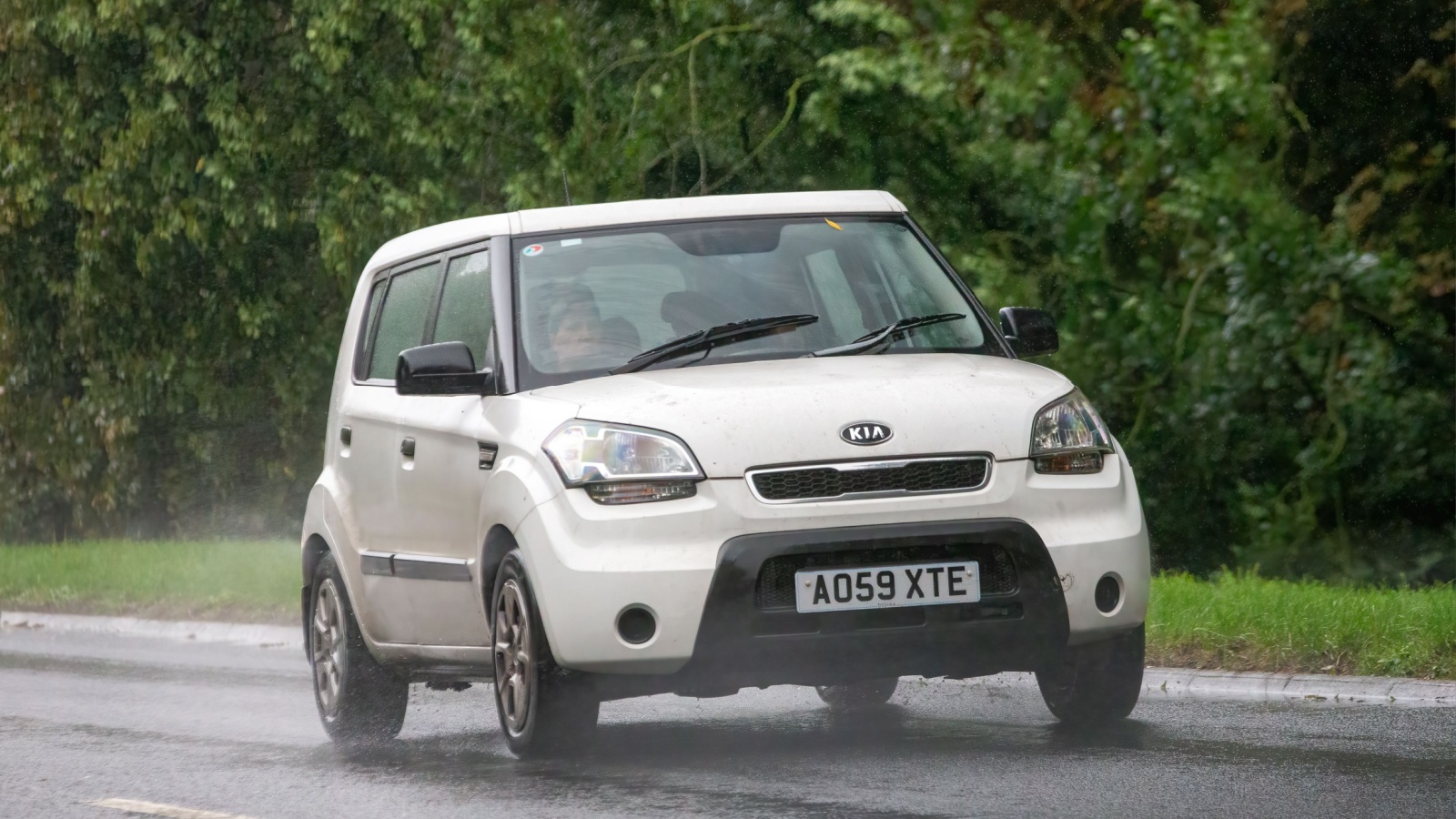
The Kia Soul stands out for quirky styling, but regret often follows after a year. Its 2.0-liter four-cylinder engine produces 147 horsepower, which feels weak on highways. Fuel economy averages 8.1 L/100 km combined, which is reasonable but not standout. The boxy design reduces aerodynamic efficiency, and road noise is noticeable. The interior is spacious, but the materials feel cheap, and the resale value isn’t strong. Many Canadians find that what seemed like a fun, practical city car lacks long-term appeal, especially when rivals offer better efficiency and refinement for similar prices.
Ford Edge
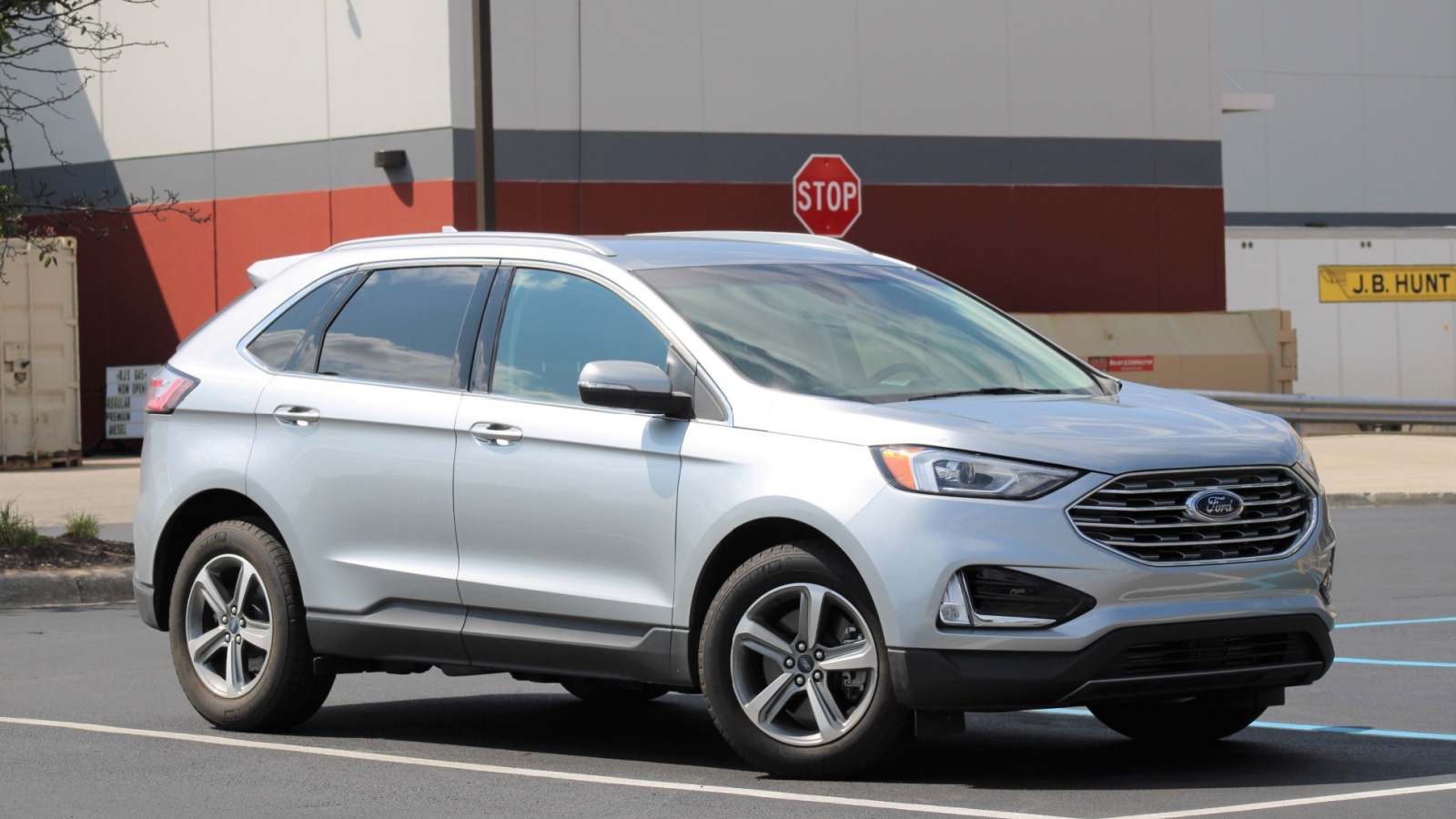
The Ford Edge offers size and presence, but ownership can be frustrating. The base turbocharged four-cylinder engine makes 250 horsepower, but the vehicle feels heavy and less nimble than competitors. Fuel economy averages 10.2 L/100 km, which is thirsty for the class, and reliability ratings have been inconsistent, with frequent complaints about transmission issues and infotainment glitches. While interior space is solid, the cabin materials don’t match the Edge’s high price tag. After a year, many Canadians regret paying for the Edge when rivals like the Hyundai Santa Fe offer better value.
Honda HR-V
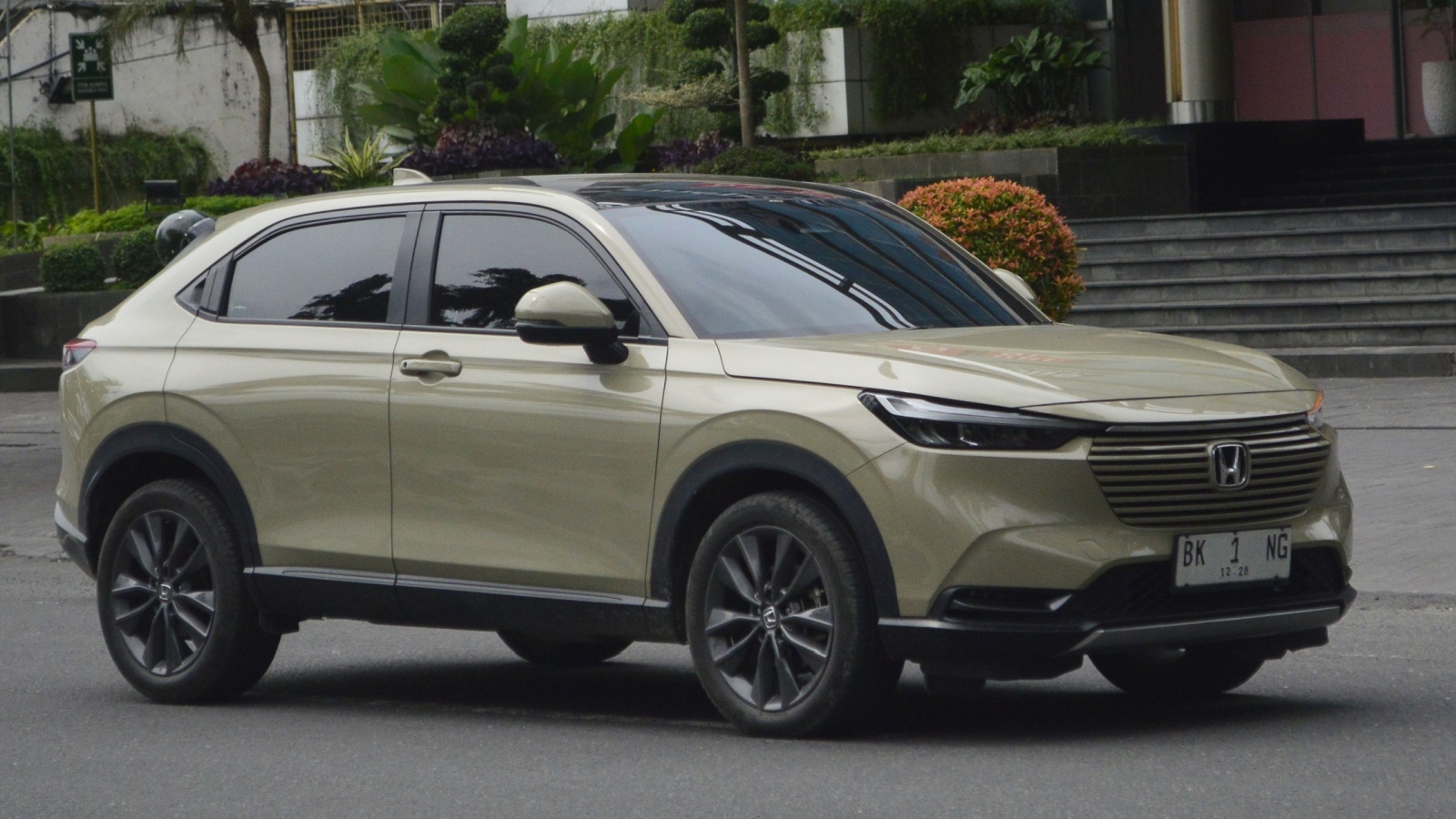
The Honda HR-V appeals with Honda’s reputation, but the experience often disappoints. The 1.8-liter four-cylinder engine produces 141 horsepower, which feels slow and underwhelming. The fuel economy is decent at 7.7 L/100 km combined, but the CVT transmission makes the drive noisy, while the cargo space is tight, and rear passenger comfort is limited. Although it is reliable, the HR-V feels outdated compared to newer subcompact SUVs with more tech and better styling. After a year, Canadians often regret buying it, realizing that Honda’s badge doesn’t fully make up for lackluster performance and cramped space.
Nissan Rogue Sport (Qashqai)
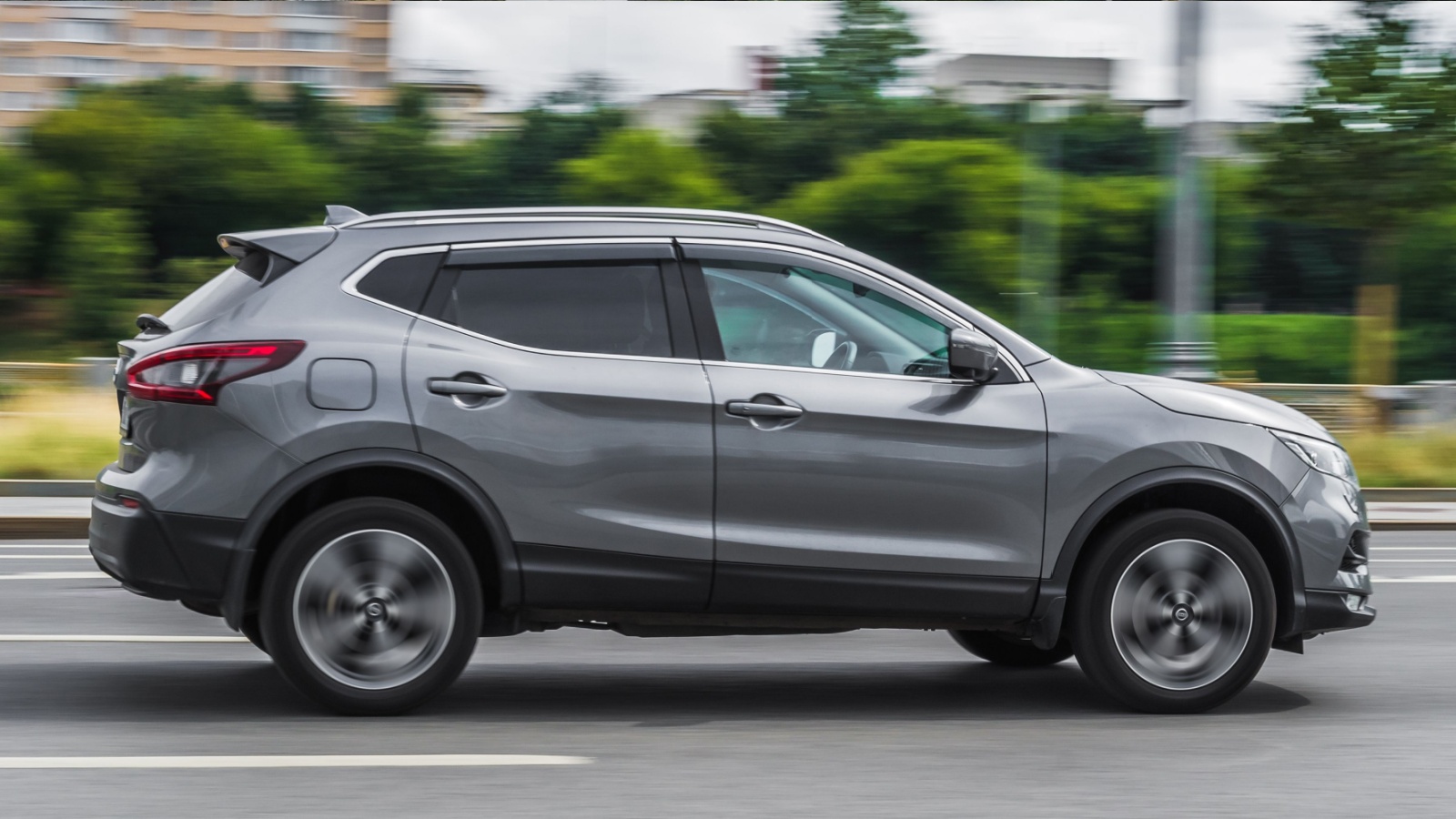
The Nissan Rogue Sport, also known as the Qashqai, initially seems like a versatile compact SUV. Its 2.0-liter engine produces 141 horsepower, which struggles with acceleration. Fuel economy sits around 8.0 L/100 km combined, but performance feels underwhelming. The cabin is dated compared to rivals, and the technology feels behind, while many reliability concerns have also been reported, frustrating owners. The Rogue Sport is affordable, but many Canadians regret buying it after a year, realizing that better alternatives like the Mazda CX-30 or Hyundai Kona deliver more excitement, features, and long-term satisfaction.
Chevrolet Blazer
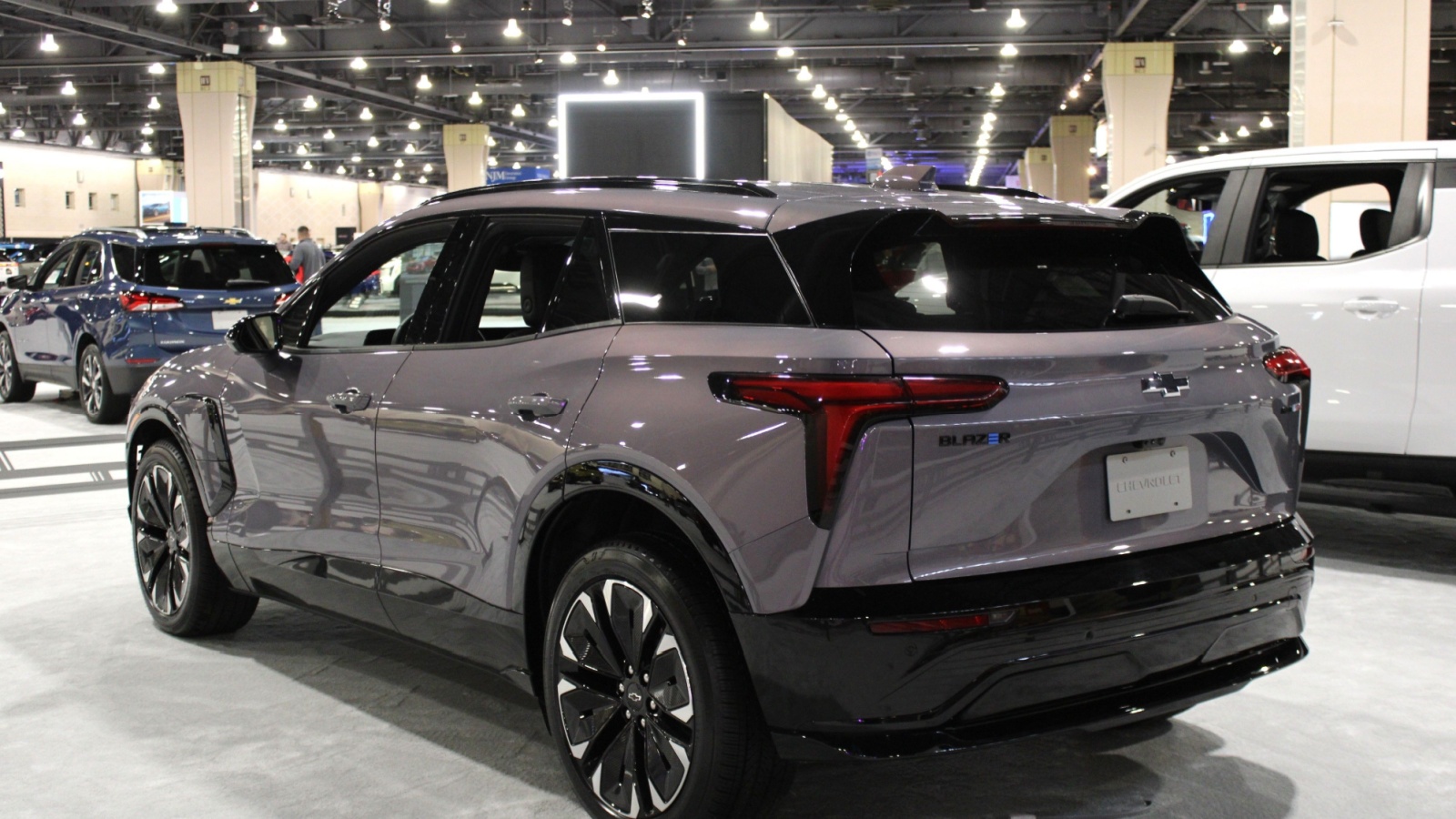
The Chevrolet Blazer sells on sharp styling, but the ownership experience is less impressive. The base 2.0-liter turbo engine makes 228 horsepower, while the V6 offers 308, but fuel economy suffers at 11.0 L/100 km combined. Despite its size, the cargo space is oddly limited, rear visibility is poor, the interior quality doesn’t match its price, and reliability scores lag behind those of its rivals. After a year, Canadians often regret choosing the Blazer, realizing that the extra cost went toward style rather than substance. Alternatives like the Toyota Highlander offer better value and peace of mind.
Fiat 500X
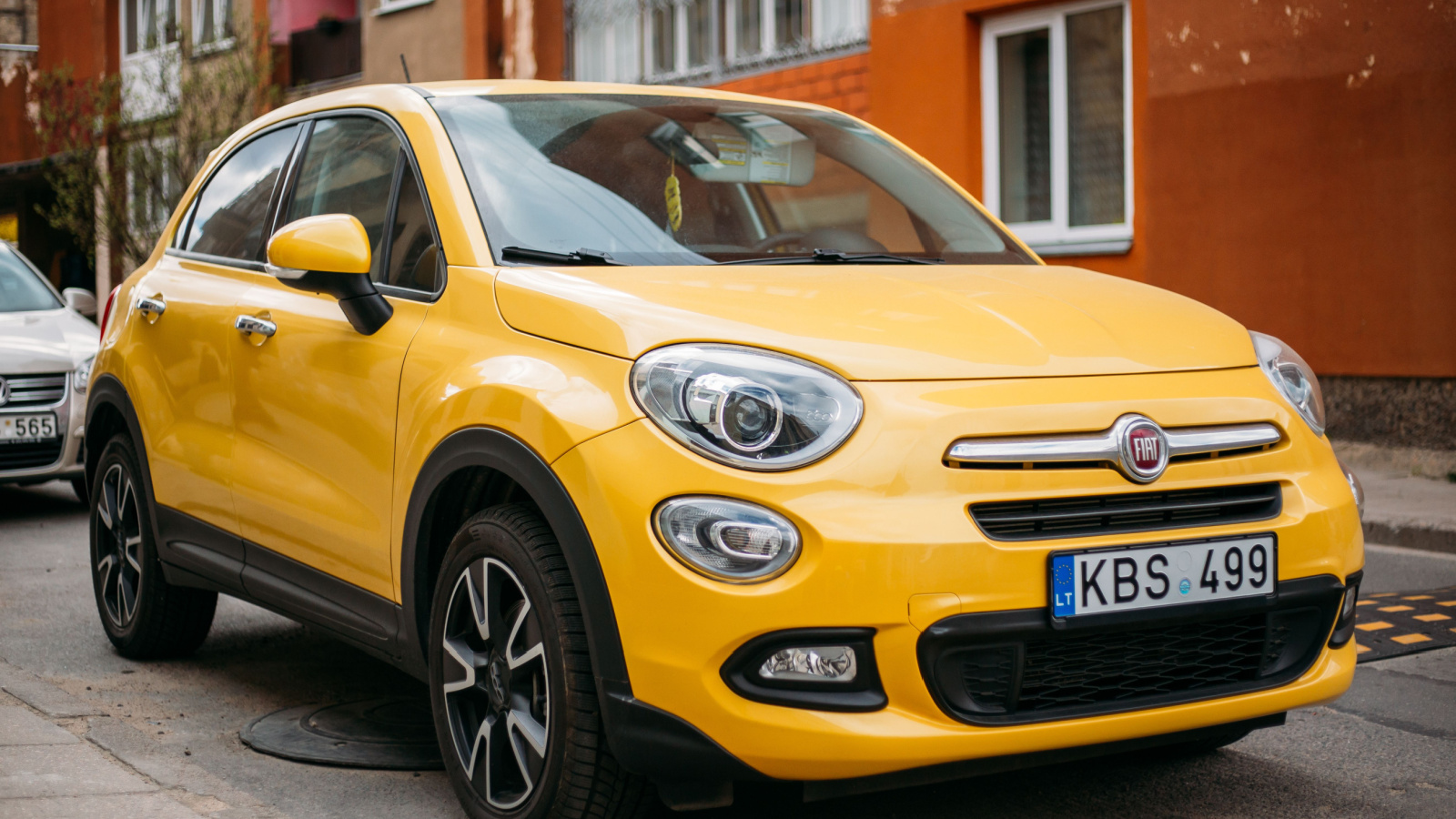
The Fiat 500X stands out for its European styling, but it quickly loses charm in Canadian ownership. Its 1.3-liter turbocharged engine makes 177 horsepower, but acceleration feels sluggish, and handling is uninspiring. Fuel economy sits at 9.0 L/100 km combined, not impressive for its size, and the cabin is tight, with limited rear seating and cargo space. Reliability issues and high maintenance costs are frequent complaints. After a year, many Canadians regret choosing the 500X, realizing that its quirky looks can’t make up for its lack of practicality, performance, and durability.
Jeep Renegade
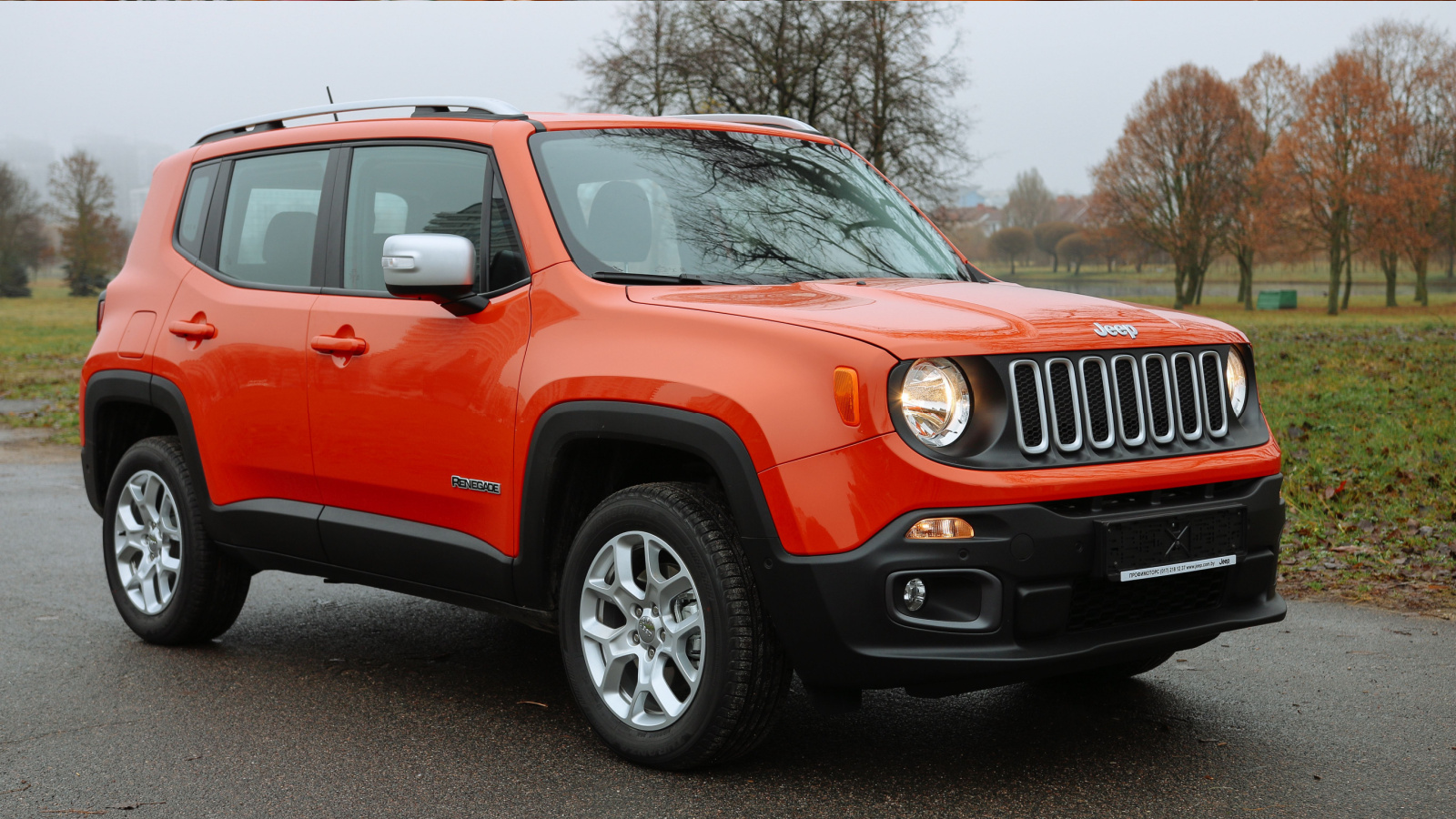
The Jeep Renegade attracts buyers with rugged looks and Jeep branding, but reality disappoints. Its base 2.4-liter engine makes 180 horsepower but feels sluggish, and fuel economy averages 9.5 L/100 km combined. The ride is choppy, and the interior quality is unimpressive for the price. While marketed as off-road capable, it’s far less capable than larger Jeeps, frustrating adventurous owners. Additionally, the technology lags behind, and reliability scores are weak. After a year, Canadians often regret buying the Renegade, realizing that the Jeep badge can’t hide its shortcomings in comfort, performance, and value.
21 Products Canadians Should Stockpile Before Tariffs Hit

If trade tensions escalate between Canada and the U.S., everyday essentials can suddenly disappear or skyrocket in price. Products like pantry basics and tech must-haves that depend on are deeply tied to cross-border supply chains and are likely to face various kinds of disruptions
21 Products Canadians Should Stockpile Before Tariffs Hit
